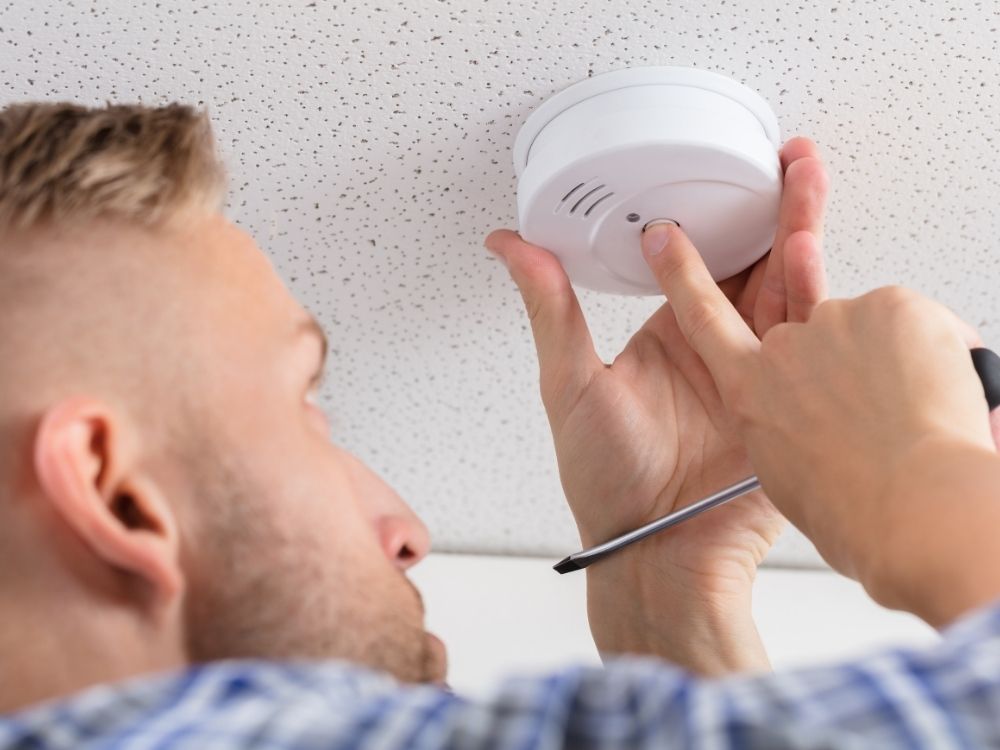
Radon
Radon is a colorless, odorless, tasteless, radioactive gas often produced by rock and soil. If high levels of radon seep into one’s home—typically through the basement—the resident’s risk of lung cancer increases exponentially over time. Currently, radon is the second leading cause of lung cancer.
Levels at 4 pCi/L or higher of radon in a home are considered dangerous, though lower levels can also pose a risk. While it is difficult to reduce radon levels entirely in a home, installing a quality radon mitigation system can reduce levels by up to 99 percent.
Carbon Monoxide
Carbon monoxide is another colorless, odorless, and tasteless gas. Also known as the invisible killer, carbon monoxide is a poisonous gas that, when inhaled, replaces the oxygen in one’s red blood cells and results in significant tissue damage or death.
Common sources of carbon monoxide in a home include furnaces, boilers, fireplaces, gas stoves and ovens, and water heaters. Because it is virtually impossible to detect carbon monoxide without specialized equipment, it is critical to install at least one carbon monoxide detector on every floor of your home.
Volatile Organic Compounds
Volatile organic compounds (VOCs) are another common indoor air pollutant to look out for. VOCs are gases emitted from various solids and liquids. They are the common types of pollutants that Nor Tech Services have to face, you can see their services and learn how to get rid of them from the home. They are common in many types of household cleaning agents, paints, aerosol sprays, and other solvents. Health effects from exposure to VOCs include shortness of breath, headaches, nausea, fatigue, and eye, nose, and throat irritation. Higher concentrations of VOCs can result in damage to the central nervous system, kidney, or liver.
Generally, concentrations of VOCs are much higher in indoor environments than outdoor spaces. It is particularly crucial to take measures to reduce their presence in your home. To reduce VOCs, make sure to read the labels of products before purchasing them to ensure that you are not unintentionally exposing yourself and others to this harmful pollutant.









